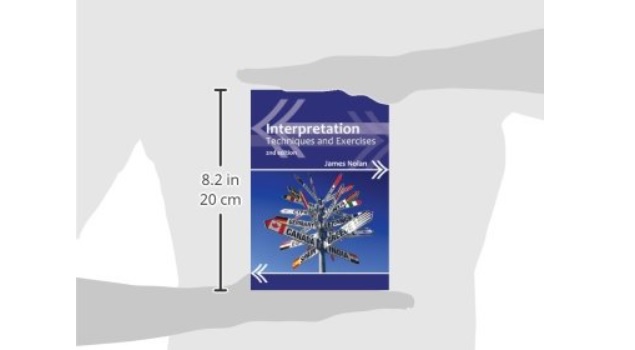The interpreter’s job gets harder when speakers speak very quickly and with long and complex sentences. Too much lag can lead to omissions that can hinder comprehension. But there are some strategies to prevent these issues.
First and foremost, breaking complex syntax into short and simple sentences, especially when interpreting into English. Therefore, the interpreter needs to focus on the main ideas that must be conveyed. Another important skill for interpreters is the ability to tell which syntactic cues are necessary for understanding and which are redundant. The interpreter should also watch out for ambivalence in conjunctions that appear at the beginning of a period. The best strategy is to skip the conjunction until further context clarifies what the conjunction means, and then present the conjunction later in the period, to unite the next sentence. Another problem arises when the speaker lists different items or actions, because the interpreter must ensure to stick to the same construction throughout the list, to ensure parallelism.
A good tactic for an interpreter is to deverbalize the speech heard before interpreting it in the target language. This means creating a mental image of the message, that can be more easily translated into a target language. This process also helps to avoid calques. Moreover, when a speaker is speaking too fast, a good resource for an interpreter could be reducing the number of words and syllables they have to pronounce, by means of cuts, edits, by using acronyms and abbreviations, or by using pronouns and anaphoric markers that refer to other words previously spoken, to avoid repeating them. Another way of compressing the speech, especially for interpretation into English, is to avoid passive verbal forms, in favour of active verbal forms, even with an inanimate subject.
All these techniques are valuable for the interpreter’s professional development, following the book’s exercise list: Interpretation. Techiques and Exercises, by James Nolan.
Bibliography: James Nolan, Interpretation Techniques and Exercises, Multilingual Matters Publisher.
To request an interpreter in Rome for Italian, English, Spanish, and Portuguese, please call +393336841604 or contact info@speakando.net.






